FBI Documents Allege Japan Used Germ Warfare in Attack on US and Canada
Two FBI reports, one of them newly declassified, suggest the use of biological agents, in particular bubonic plague and anthrax, as part of a large-scale balloon barrage – code name “Fu-Go” – carried out by Japan over the United States and Canada in late 1944 and the first four months of 1945.
One report, dated two months after the end of World War II, stated that anthrax was discovered in Japanese balloons that came down in the U.S. Midwest. The other report was dated five years after the war. Written by J. Edgar Hoover, or sourced to his office, it discussed outbreaks of bubonic plague that experts felt were linked to the Japanese balloon attacks.
During World War 2, Japan launched some 9,300 high-altitude balloons against the U.S. and Canada. Approximately 300 balloons, many carrying antipersonnel and incendiary bombs, were known to have touched land in North America.
According to Japanese testimony, all records inside Japan relating to their secret balloon program were destroyed at the end of World War II, along with the biological warfare research undertaken by Japan’s infamous Unit 731.
The new evidence presented in this article significantly changes our understanding of this important episode in World War II, and points to an intelligence cover-up more than seven decades old.
Balloons Downed in Midwest Carried Anthrax
Last year, stimulated by the controversy over the discovery of a Chinese balloon drifting over the United States, a number of news articles recalled the WW2 Japanese balloon episode. In a May 5, 2023 Time Magazine interview with historian Ross Coen, who has written a book on the Fu-Go attacks, Coen noted, “From the perspective of the War Department and Army intelligence, the thing that they feared most was biological warfare…. Ultimately there never was any biological component to the balloons.”
But a July 6, 1945 FBI memorandum addressed to the Chief of the FBI’s Domestic Intelligence Division, Daniel M. Ladd, stated, “recently several Japanese balloons were found in [North and South Dakota, and Nebraska] which were determined to have been carrying bacteria.”
The bacteria were identified as anthrax. The pathogen was discovered in the hydrogen gas that inflated the massive paper-laminated balloons. The FBI report was written by the Special Agent in Charge of the FBI’s Norfolk Field Division.
The FBI was provided this information during a Weekly Intelligence Conference with military officials. The information originated from an officer within the U.S. Army Air Forces. His identity, as well as that of the FBI memo’s author have been censored by the U.S. government. The memo was declassified in 2004 and has been otherwise unnoticed until now.
Copies of the FBI memo to Ladd were also sent to the FBI’s Assistant Director at the time, E.A. Tamm, and to the head of the FBI’s crime laboratory, Edward Coffey.
Coffey also happened to be a member of the Bacterial Warfare Committee at the U.S. government’s World War II biowarfare agency, the War Research Service. According to a November 30, 1942 FBI memo, Coffey was well-connected in U.S. intelligence circles.
Other sources examined by this author, including Military Intelligence Division reports at The National Air and Space Museum Archives’ Japanese World War II Balloon Bombs Collection, have shown that the gas inside the discovered balloons was routinely examined when possible.
The military official who briefed the FBI said the Army was “not greatly concerned over the number of such balloons which have been located.” At the same time, he admitted that the use of anthrax “does show a different trend in the Japanese attack.” Earlier examinations of the balloons had heretofore only found they carried “small bombs.”
The memo to Ladd was not meant to be have wide distribution. Its footer stated the memo was “to be destroyed after action is taken and not sent to files.”
Government experts suspected Fu-Go Balloons found in New Mexico and Alberta, Canada carried plague
A separate FBI memo, dated May 11, 1950, enlarged upon the germ warfare threat the Japanese balloons contained. The memo was from FBI Director J. Edgar Hoover to the Chief of the Army’s Military Intelligence Security and Training Group in Washington, D.C. Copies were also sent to the directors of Naval Intelligence, U.S. Air Force Special Investigations, CIA, as well as to the Acting Director of the Security Division at the Atomic Energy Commission.
Hoover’s memo, which was much more extensively declassified by the National Archives in September 2023, indicated that Japan’s Fu-Go barrage included some balloons that landed in New Mexico’s Sandia Mountains. It is noteworthy that no other history or list of Japan’s balloon attacks has ever indicated that any balloons were sighted or landed in New Mexico, suggesting the New Mexico sightings were covered-up.
According to Hoover, Dr. Lincoln La Paz, then Head of the Department of Mathematics and Astronomy at the University of New Mexico, suspected that an outbreak of bubonic plague in New Mexico’s Sandia Mountains was related to the Japanese balloon landings. During World War 2, La Paz worked as Technical Director for the U.S. Second Air Force Operations Analysis Section investigating the Japanese balloon attacks.
La Paz told Hoover two plague-infected rats were found “only about three and a half miles from the Atomic Energy installation at Sandia Base, New Mexico.” The rats appeared near a ski resort at an elevation higher than any presence of plague had ever been found in the region before, but near where “some Japanese paper balloons had landed.”
In addition, La Paz stated that in laboratory tests, the plague cultured from the dead rats had seemed in laboratory tests to be of “some strange type” and “unusual.”
To buttress his suspicions surrounding the origin of the plague outbreak, La Paz forwarded to the FBI a separate report provided to him by a Canadian official “in charge of investigating… the Japanese Paper Balloon offensive in the Edmonton [Alberta] district.” The name of this official remains redacted in the otherwise declassified memo.
Similarly to La Paz, the Canadian official described the near total disappearance of expected numbers of small game (“rabbits, squirrels, small rodents, etc.”) in a region “north and west of Edmonton.”
The report further described how the 1949 plague outbreak occurred “principally in the northern part of the province, precisely the area most heavily bombarded with [Japanese] paper balloons.” Importantly, according to the Canadian source, “the plague had never occurred before in the area in question.”
While there were correlations between outbreaks of plague and areas of Japanese balloon penetration in both Alberta and New Mexico, Japanese balloon landings in South Dakota presented at least one such case associated with anthrax. This concerned a 1947 anthrax outbreak in Haakon County, the first such instance of plague there in over a decade.
Changing Japanese narratives
In the early 1970s, former Air Force pilot and curator at the National Air and Space Museum, Robert Mikesh, interviewed several Japanese scientists, including “former Major Teiji Takada, engineer for the balloon project, who provided invaluable material and insight from his personal observations” (pg. v). Mikesh accepted Takada’s assurance that no biological payload had ever been considered for the balloon barrage.
But according to Amanda Kay McVety’s 2018 book The Rinderpest Campaigns, an official who worked with the Japanese military’s Noborito Institute, which developed the balloons, testified that Japanese scientists did intend the Fu-Go balloons to carry biological agents, particularly rinderpest, a virus that affects cattle. According to this account, the germ war attack was supposedly called off only at the last minute, out of fear of U.S. counter-attack.
The rinderpest attacks may have been cancelled, but some biological weapons attacks must have taken place. A Top Secret 1947 U.S. Army Chemical Corps in-house history of the Chemical Warfare Service during World War II, now declassified, presented a complimentary account of the Japanese effort (pg.527): “The Japanese balloon was well-adapted to spread biological warfare agents, particularly for serious epidemics of livestock. The balloon incidents prove that the U.S. and Canada are open to this form of attack from the Asiatic mainland.”
By 1950, the Air Force and the Chemical Corps had initiated their own balloon-delivered biological bomb, inspired in part by Japan’s World War II balloon barrage. The U.S. biological balloon bomb was code-named Project Flying Cloud, and was meant to drop anti-crop biological organisms, and possibly other “agent candidates” over a potential “enemy.”
To date there are likely hundreds of Japan’s “Fu-Go” balloons, which flew over remote parts of North America, that have never been found. It is not known how many of these might have contained biological disease payloads.
Neither the U.S. Army’s biological warfare division at Fort Detrick, nor Japan’s Washington D.C. embassy returned requests for comment. The U.S. claims it has foregone research on biological warfare since 1969
Jeffrey Kaye is a retired clinical psycholgist whose work on torture and U.S. war crimes has been published at Al Jazeera America, The Guardian, AlterNet, Truthout, and other publications. He is the author of Cover-up at Guantanamo: The NCIS Investigation into the “Suicides” of Mohammed Al Hanashi and Abdul Rahman Al Amri. His website is https://kayej.substack.com.


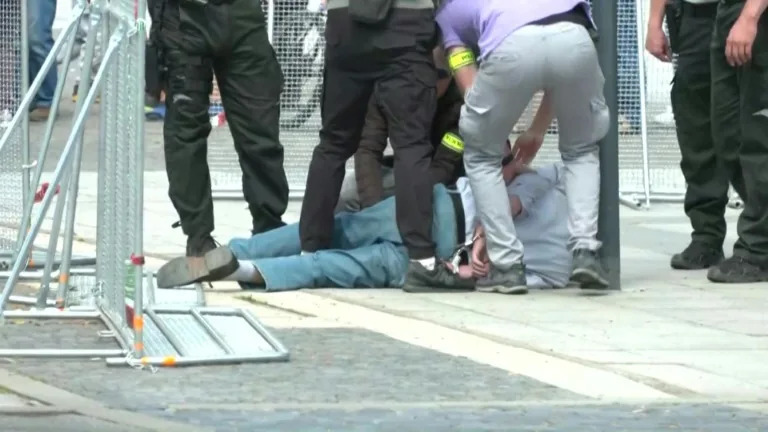

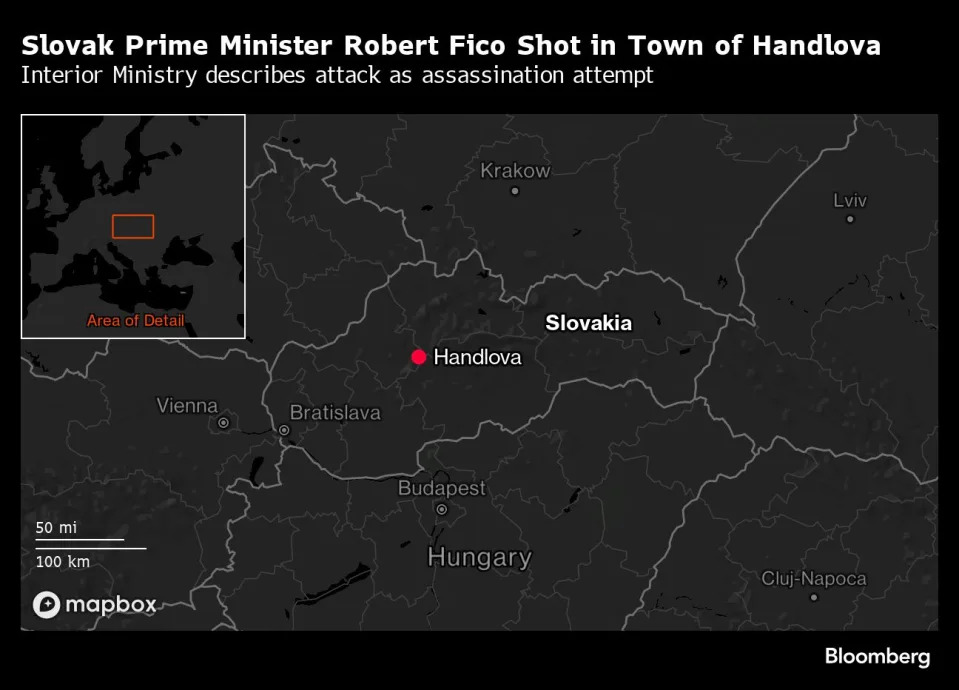

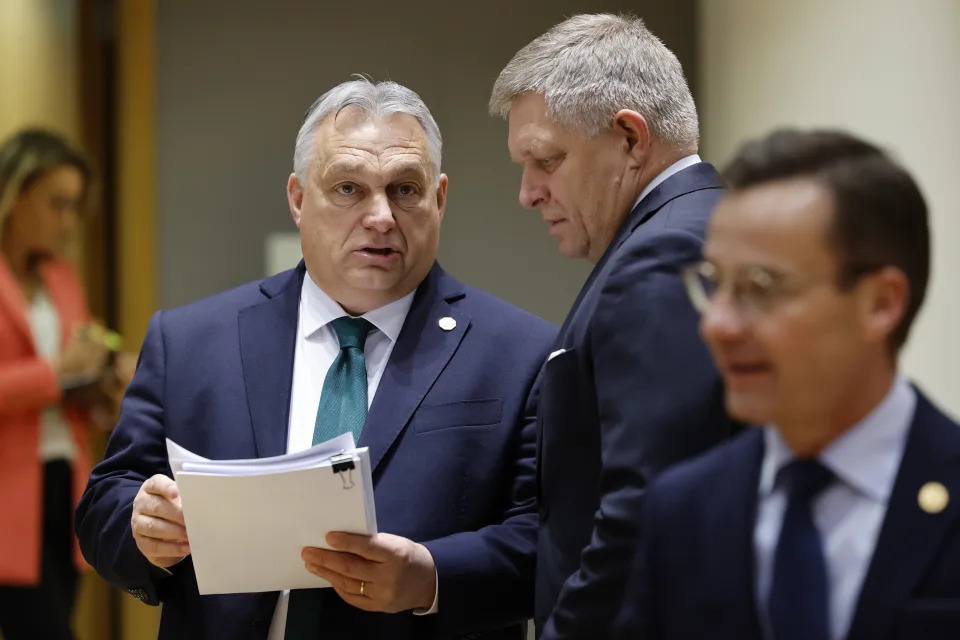
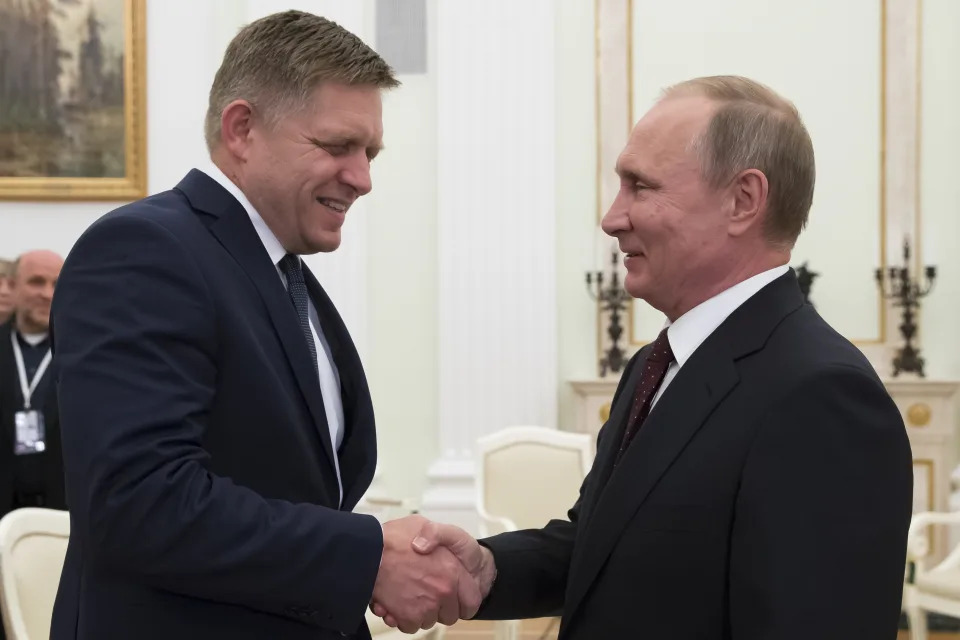


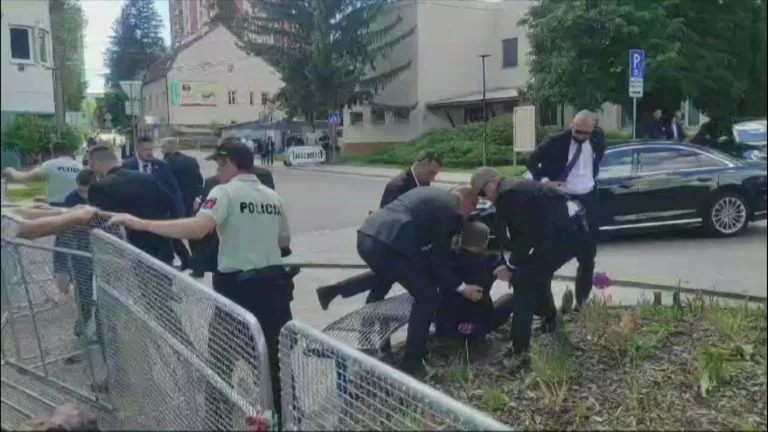
 (Image: Ukraine's Ministry of Energy)
(Image: Ukraine's Ministry of Energy)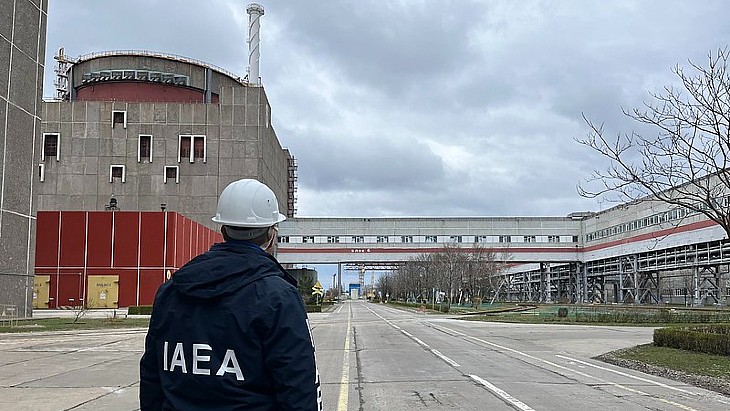 The six reactors are now all in cold shutdown (Image: IAEA)
The six reactors are now all in cold shutdown (Image: IAEA).jpg?ext=.jpg) The Riigikogu building is situated in the courtyard of Toompea Castle and was the first public building in Estonia which was designed to have electric power (Image: Riigikogu Photo Archive/Martin Siplane)
The Riigikogu building is situated in the courtyard of Toompea Castle and was the first public building in Estonia which was designed to have electric power (Image: Riigikogu Photo Archive/Martin Siplane) Hungary's Foreign Minister Peter Szijjarto, right, hosted talks (Image: Peter Szijjarto/Facebook)
Hungary's Foreign Minister Peter Szijjarto, right, hosted talks (Image: Peter Szijjarto/Facebook)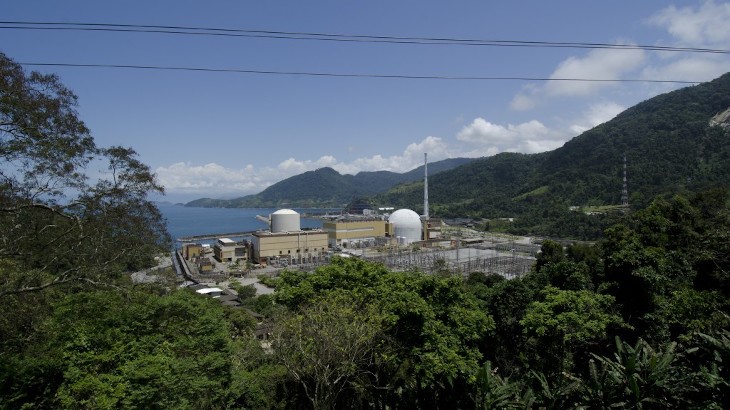 Angra 1 and 2 (Image: Eletronuclear)
Angra 1 and 2 (Image: Eletronuclear) One of the sections is lifted under clear night skies (Image: Akkuyu Nuclear JSC)
One of the sections is lifted under clear night skies (Image: Akkuyu Nuclear JSC)